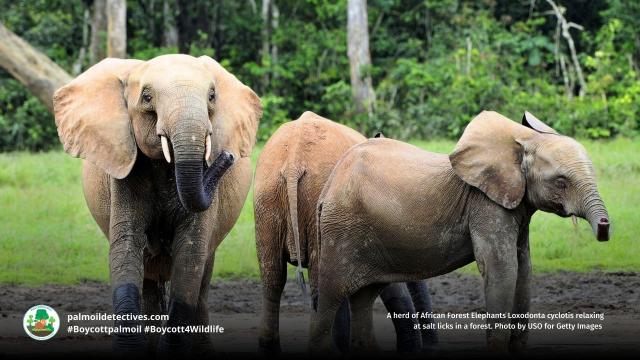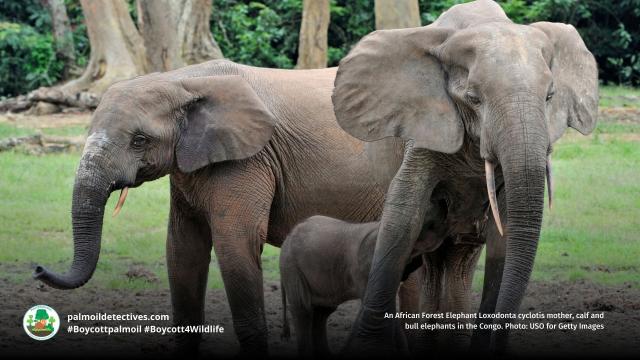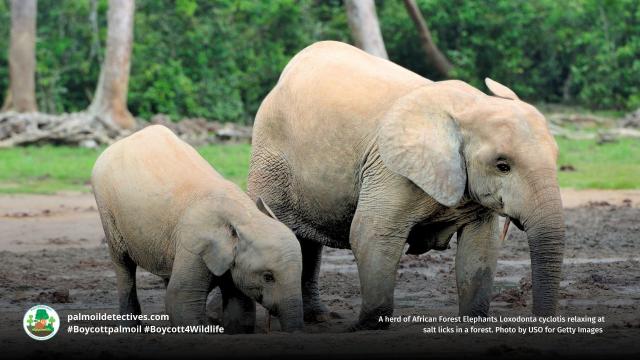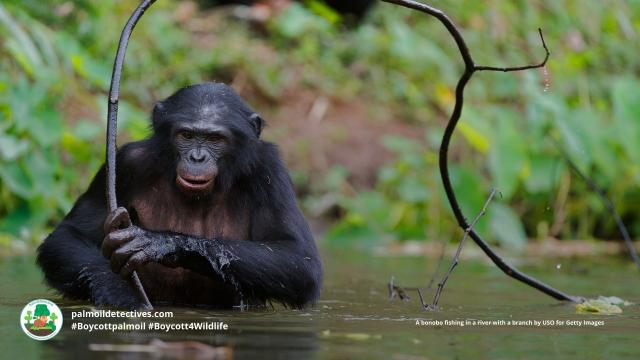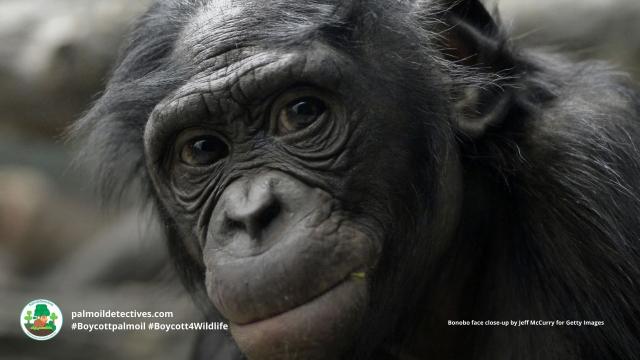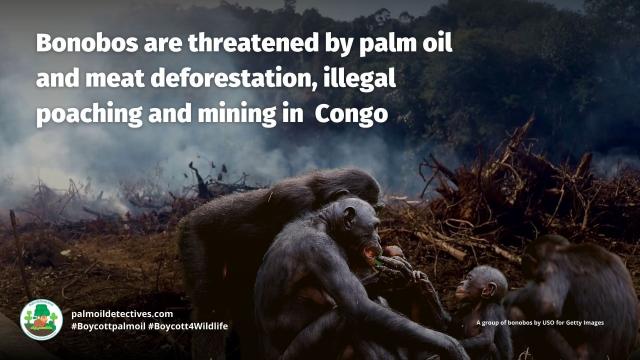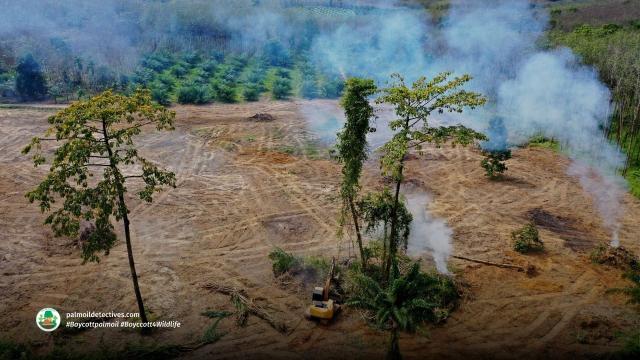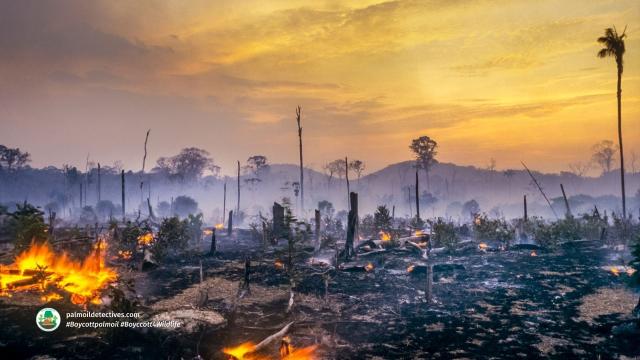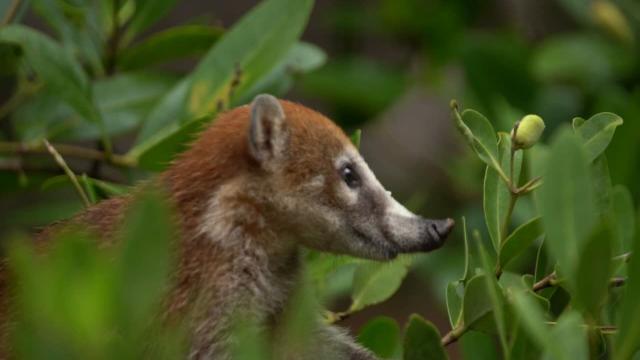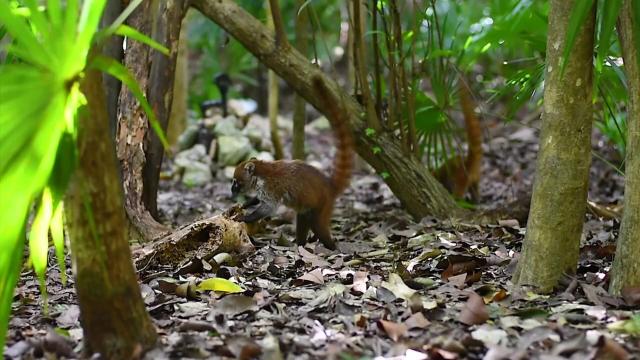Search
Items tagged with: study
Support Helps Gorilla and Human Child Resilience
Young gorillas often suffer horrific events in their childhood: the death of their mother or father due to poachers, kidnapping and rough handling for the illegal pet trade. A study of 250 gorillas…Palm Oil Detectives
Large herbivores such as elephants contribute to tree diversity
A recent study using satellite data has highlighted the critical role that large herbivores play in promoting tree diversity in forest ecosystems. The research showed that areas with abundant large…Palm Oil Detectives
Climate Change Driving Mass Bird Deaths in the Amazon
A recent #study has revealed that even in the most isolated parts of the #Amazon, bird #populations are collapsing due to #climatechange. Research published in Science Advances found that a 1°C inc…Palm Oil Detectives
“Sustainable” Palm Oil No Different in Land Conflicts
Research reveals no significant difference between RSPO-certified “sustainable” palm oil and non-certified palm in Indonesian land conflicts. Boycott palm oil!Palm Oil Detectives
Bonobo mothers meddle in their sons’ sex lives – making them three times more likely to father children
New research shows that for #bonobos, sex really is often a family affair. What’s more, rather than being an embarrassing hindrance, motherly presence greatly benefits bonobo sons during the deed. …Palm Oil Detectives
wp.me/pcFhgU-7aa?utm_source=ma…
Support Helps Gorilla and Human Child Resilience
Young gorillas often suffer horrific events in their childhood: the death of their mother or father due to poachers, kidnapping and rough handling for the illegal pet trade. A study of 250 gorillas…Palm Oil Detectives
Very different mammals follow the same rules of behavior
In the natural world -- where predators pounce, prey flee, and group members feed and sleep in solidarity -- animal behavior is glorious in its variety.ScienceDaily
#Study finds #palmoil expansion in #WestPapua isn't just fuelling #deforestation but also colonialist-style #landgrabbing #violence and systematic erasure of #Indigenous #Melanesian cultures and languages. #Boycottpalmoil 🌴🪔☠️🩸🚜🔥🧐⛔️

New Research Reveals: “Sustainable” Palm Oil No Different in Land Conflicts
New research published in the journal Political Geography reveals that there is no significant difference between RSPO-certified “sustainable” palm oil companies and non-certified ones …Palm Oil Detectives
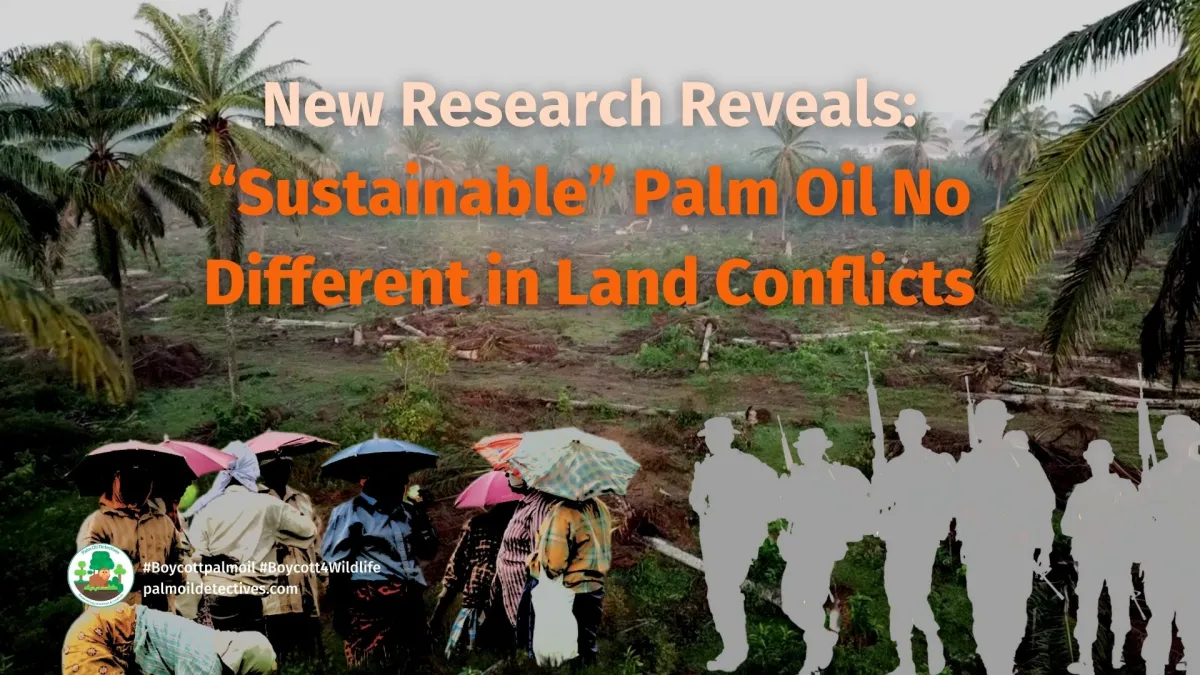
New Research Reveals: “Sustainable” Palm Oil No Different in Land Conflicts
New research published in the journal Political Geography reveals that there is no significant difference between RSPO-certified “sustainable” palm oil companies and non-certified ones …Palm Oil Detectives
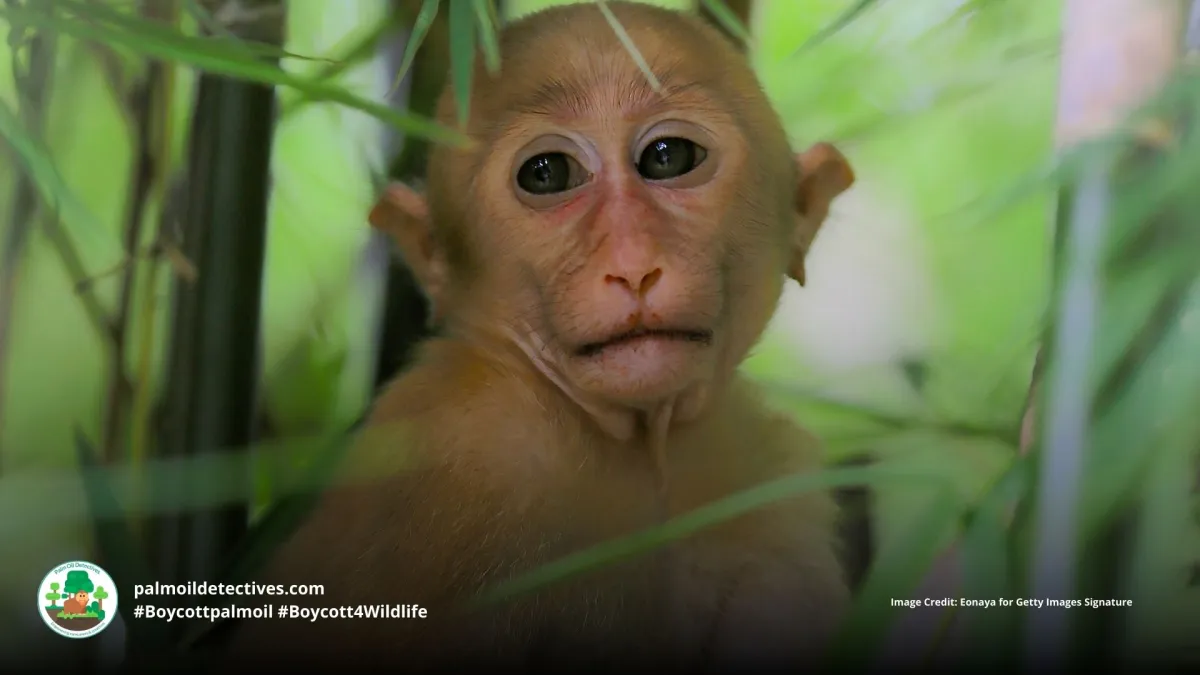
Palm oil plantations increase risk of infant death for Southern Pig-tailed Macaques
In Peninsular Malaysia, a new study published in Cell Biology by a team led by Dr Anna Holzner of German Centre for Integrative Biodiversity Research (iDiv) Halle-Jena-Leipzig has found that infant…Palm Oil Detectives

